We have TikTok to thank for so much. It’s an accessible outlet to promote creative and identity-based expression, recipes that got us through the darkest days of the pandemic, and of course, many a trend to keep us engaged and exploring new things on the daily. But when it comes to TikTok health trends, hopefully by this point, we know to pause before proceeding. That’s because health hacks—as magical as they may seem on camera—are often made popular by people who can’t claim to be an expert on the topic of our health. And of course, it’s true that the more bizarre something may seem on the internet, the more buzzworthy it becomes.
There’s been the sinus-cleansing “cure” of sticking garlic up our noses (nope), sunscreen contouring (yikes), and lemon coffee as a weight loss miracle (I won’t go there). But alongside these obviously erroneous ideas stand a good number of trends that can support a well-rounded, non-restrictive, and expert-approved lifestyle.
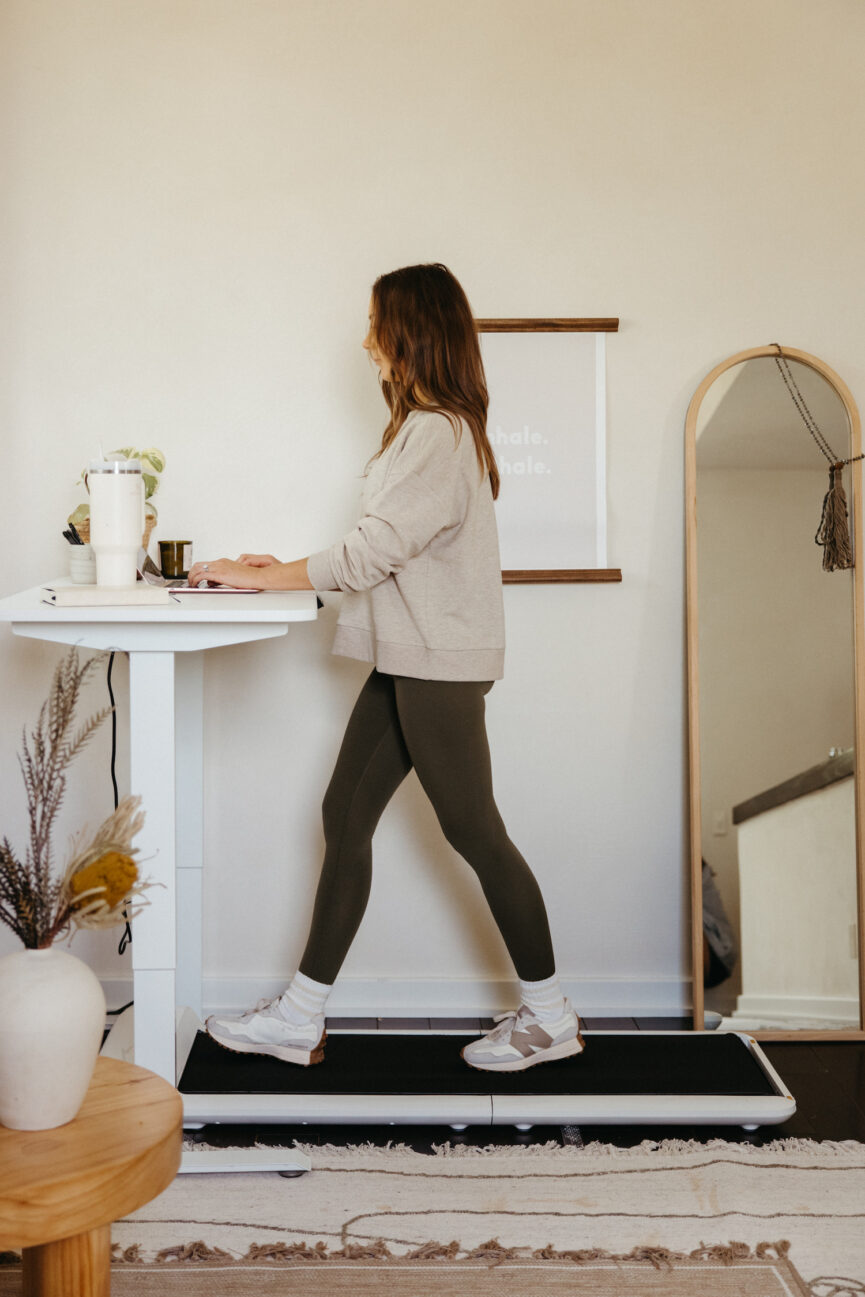
TikTok Health Trends, Broken Down
Let’s take the Hot Girl Walk, for example. The term was coined by Mia Lind, who, in January 2021, posted her first TikTok video taking a HGW. What may have seemed simply like… walking (already a solid form of exercise), benefited from the intention she wove into her time outdoors. Lind claimed that what set this style of walking apart from simply putting one foot in front of the other was the energy you brought to it. She said there were only three things you could think about while taking your walk: what you’re grateful for, your goals and the steps you’ll take to achieving them, and, in essence, your hotness.
While the data isn’t tracked, I have to think that this third rule helped propel Megan Thee Stallion’s rebellion against the “gatekeepers of beauty,” contributing to our culture’s reshaping of the word “hot.” (Paris Hilton, eat your heart out.)
So if one trend could positively impact our culture—and our wellness—in such a way, is it possible that other TikTok health trends could as well? I spoke with Steph Robinson, a holistic nutritionist and wellness influencer, to discuss some of the biggest trends driving our culture today. Let’s get into it—prepare for plenty of surprising insights to come.
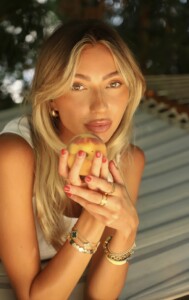
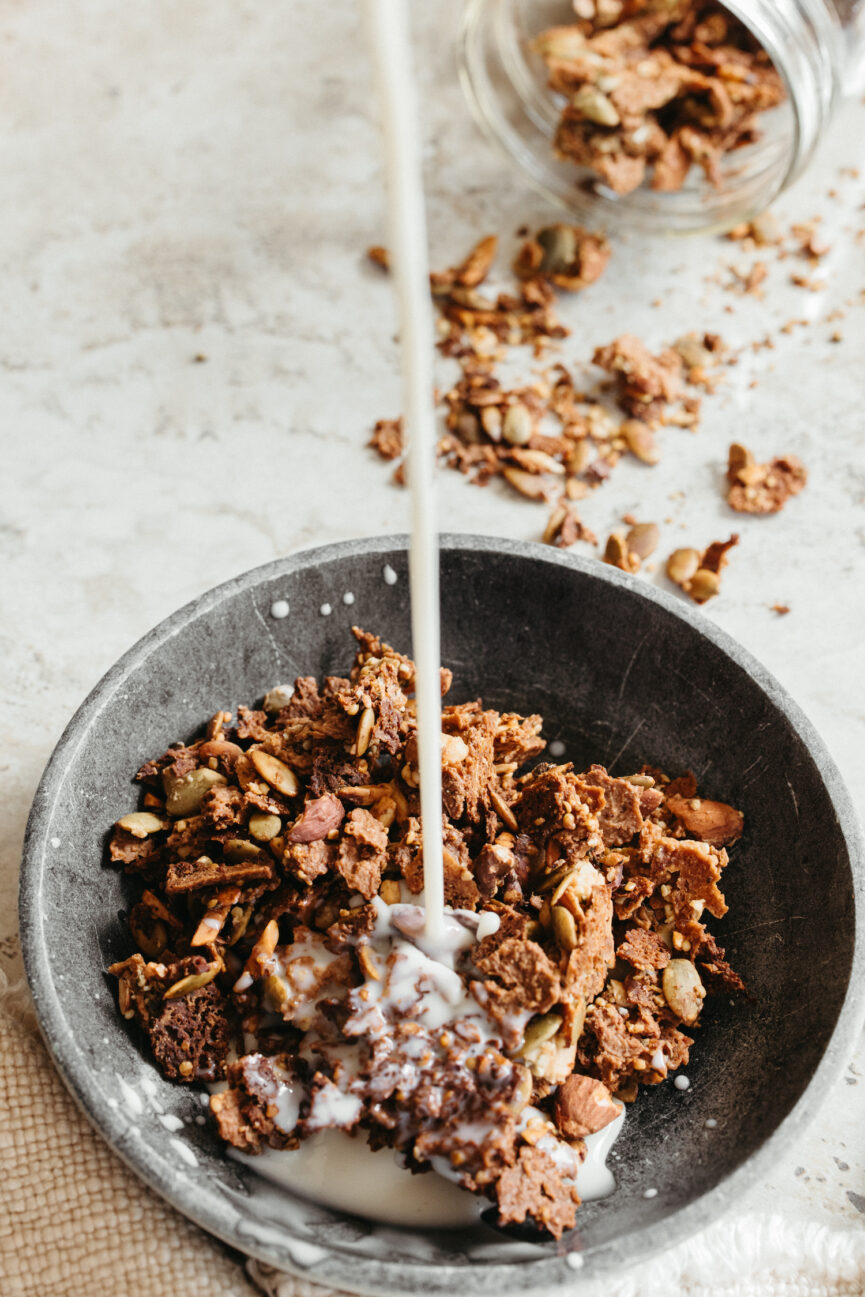
Oat Milk
While no longer trend-worthy in and of itself, there has been a recent backlash to our collective love of oat milk—and Robinson is leading the charge. (See her recent viral video elaborating on her take.) I’ll offer apologies to everyone who’s contributed to complications in the oat milk supply chain. Turns out, you might be better off sticking with dairy—so long as it’s organic, pasture-raised, and has undergone as little processing as possible.
Robinson’s qualms with oat milk? “Most oat milks contain a lot of inflammatory oils (seed oils), gums, additives, natural flavors, and sugars,” says the nutritionist. For daily oat milk drinkers, these factors can all contribute to digestive disturbances and skin issues.
What’s more, if balancing blood sugar is top of mind (which it should be!), oat milk can be a major deterrent to your health goals. Robinson notes that oat milk is “essentially liquid glucose,” spiking your blood sugar and contributing to sugar cravings. It’s a slippery slope, as this can cause our hunger cues to fall out of sync and lead to inconsistent energy levels.
Liquid Chlorophyll
As a casual viewer of routines-oriented content on Reels and TikTok, I’m no stranger to the almost inky-blue water my eyes now recognize as a chlorophyll-tinted green. That’s because alongside smoothies, coffee alternatives, and perhaps an internal shower drink (that’s for another article), creators seem to be guzzling liquid chlorophyll with reckless abandon.
Robinson’s take? “I’m indifferent when it comes to liquid chlorophyll,” she says. While it isn’t necessarily harmful, shelling out for tiny containers of the stuff won’t necessarily do significant good. You won’t experience negative side effects by supplementing with chlorophyll, but in Robinson’s words, “it’s not crucial or life-changing.”
“Chlorophyll is the pigment found in green plants and algae that gives it the green coloring. You can receive the same benefits by eating a variety of leafy green vegetables, herbs, green vegetables, matcha, wheatgrass, and spirulina.”
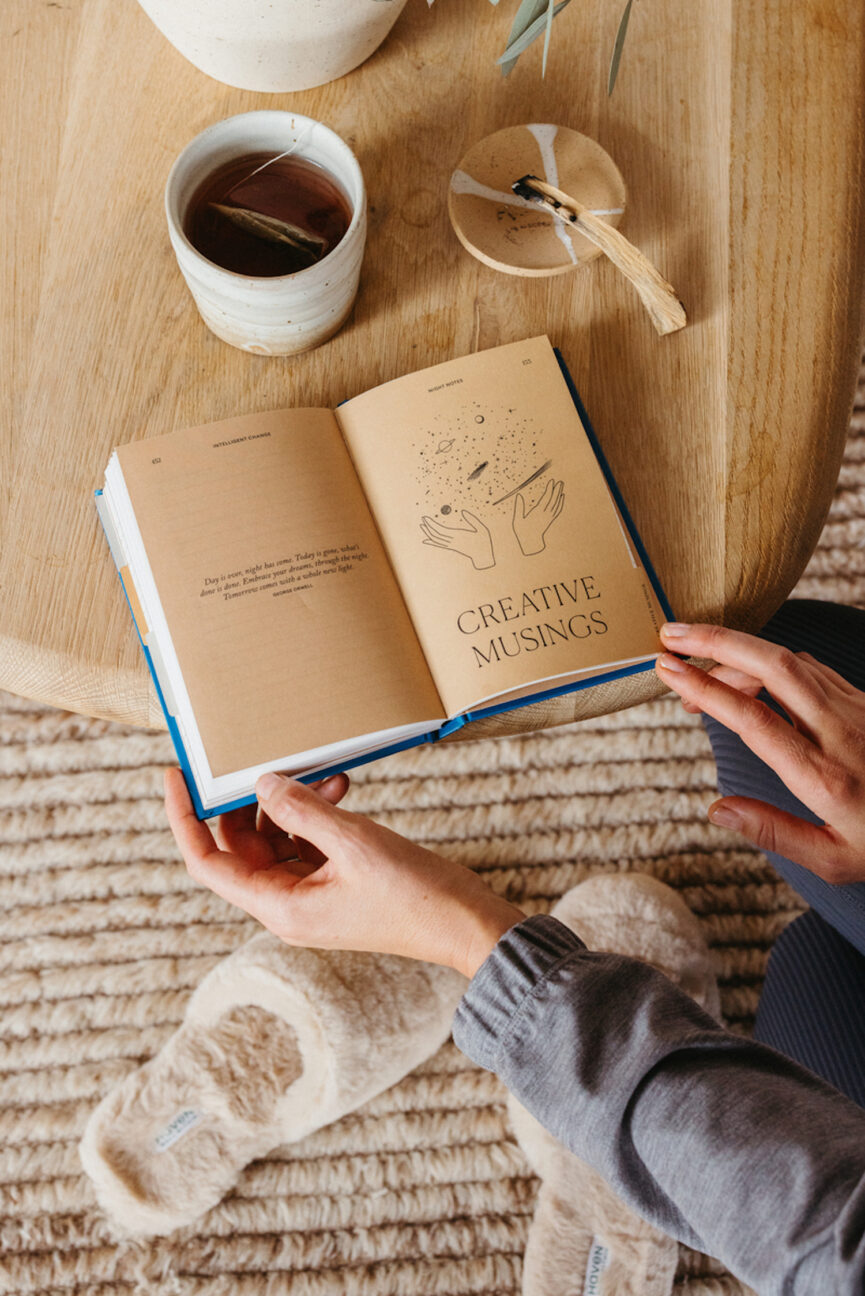
Human Design
Step aside, enneagram—there’s a new personality “test” making waves. And Robinson is 100% on board. She’s been sharing her journey with the holistic self-knowledge system with her 190K+ Instagram followers, and we all want to know more.
“Learning about your human design is an amazing way to navigate life.” Robinson attributes much of the alignment she’s experienced in all areas of her life—her profession, relationships, utilizing her talents and skill sets, and decision-making—to her human design work. She considers it a key factor in helping guide anyone toward ultimate fulfillment and recommends this resource to get started.
Alkaline Water
Ah, alkaline water—it seems like every big water brand is getting in on the buzz. From Smartwater campaigns to even Whole Foods’ 365 brand, the pull of a higher pH H20 is influencing consumer choices. Claims about alkaline water’s health-transforming capabilities run the gamut. (Though it’s important to note that the majority of research surrounding its benefits has been conducted on animals.) It’s been associated with everything from improved bone density to increased metabolism. But Robinson doesn’t consider it a wellness essential.
“I am all for alkaline, however, I don’t think it’s crucial,” she says, noting that price and sourcing can make it inaccessible to some. Given its higher pH than tap water, she cites potential benefits like improved hydration, neutralized acidity, and a higher antioxidant value. What Robinson loves most about the trend? “Alkaline water does have more minerals.” But before you’re tempted to shell out for a liter, Robinson says you can get just as much bang for your buck by consuming filtered water alongside a diverse whole-foods diet.
Mouth Taping
The TikTok health trend Robinson can’t get enough of? “I personally am a huge fan of mouth taping.” Mouth taping promotes nasal breathing while you sleep, which, according to Robinson, comes with the following benefits:
- improved facial and jawline structure
- boosted immunity
- better overall sleep
- reduced nasal congestion
- improved oral health
- reduced blood pressure
And for all of those sharing a bed with a partner, take heart: mouth taping has also been shown to help reduce snoring. VIO2 and Dryft Sleep are both great options if you’re just getting started.
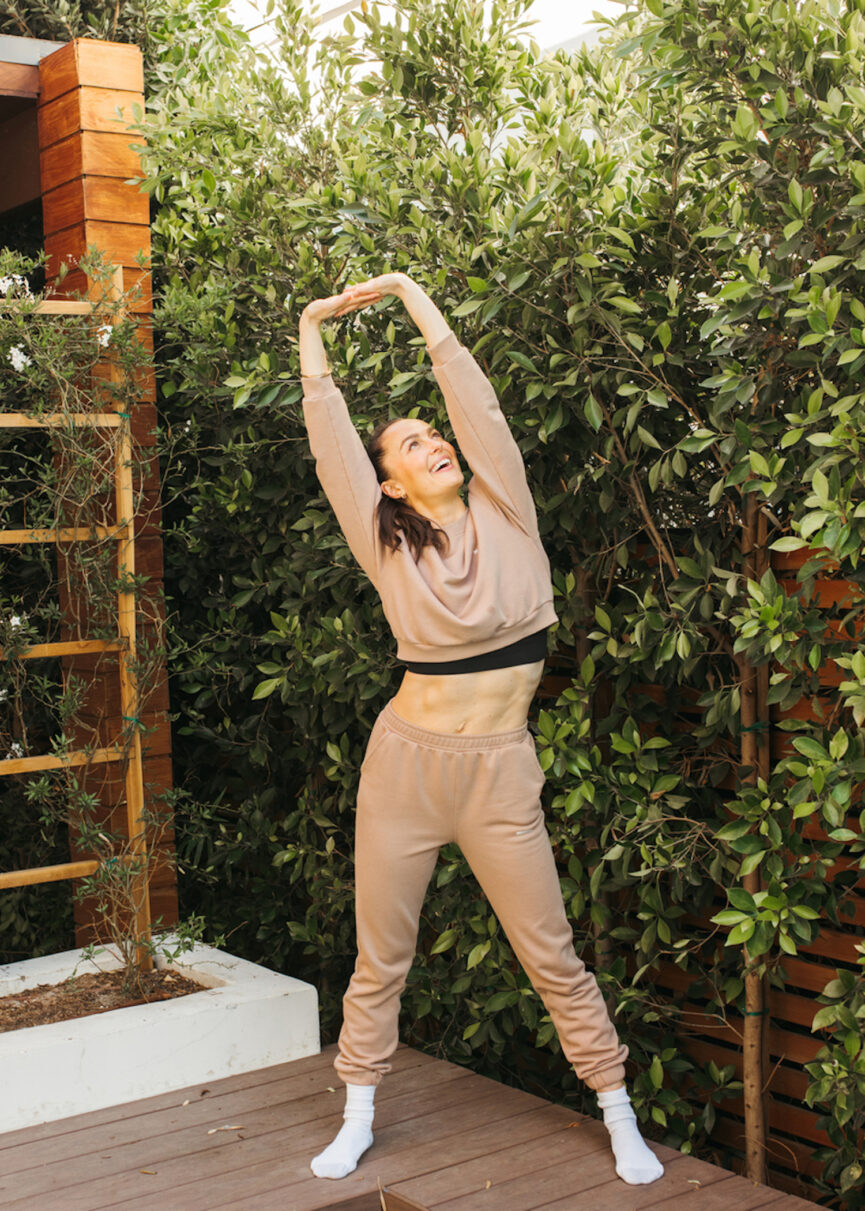
The Takeaway
Of course, there are plenty more TikTok health trends to either support or debunk. That’s because—when it comes to going viral—imaginative content often wins out over reputable sources. (Remember Sleepy Chicken?) But it’s important to consider everything with a discerning eye, looking to those with the credentials to back up their claims.
It’s time we understand: the habits, routines, and ingredients we incorporate into our everyday don’t have to be sexy to be effective. Instead, it’s often the simplest things that offer our minds and bodies the most support. So the next time you’re tempted to splurge on alkaline water or ditch dairy simply because everyone else is, ask yourself: is this best for me?
A trend we can always get behind: intentional morning routines. Let Camille’s inspire your own.
The post Fact or Cap: A Nutritionist Reveals Whether These TikTok Wellness Trends Are Real or Fake appeared first on Camille Styles.

0 Comments